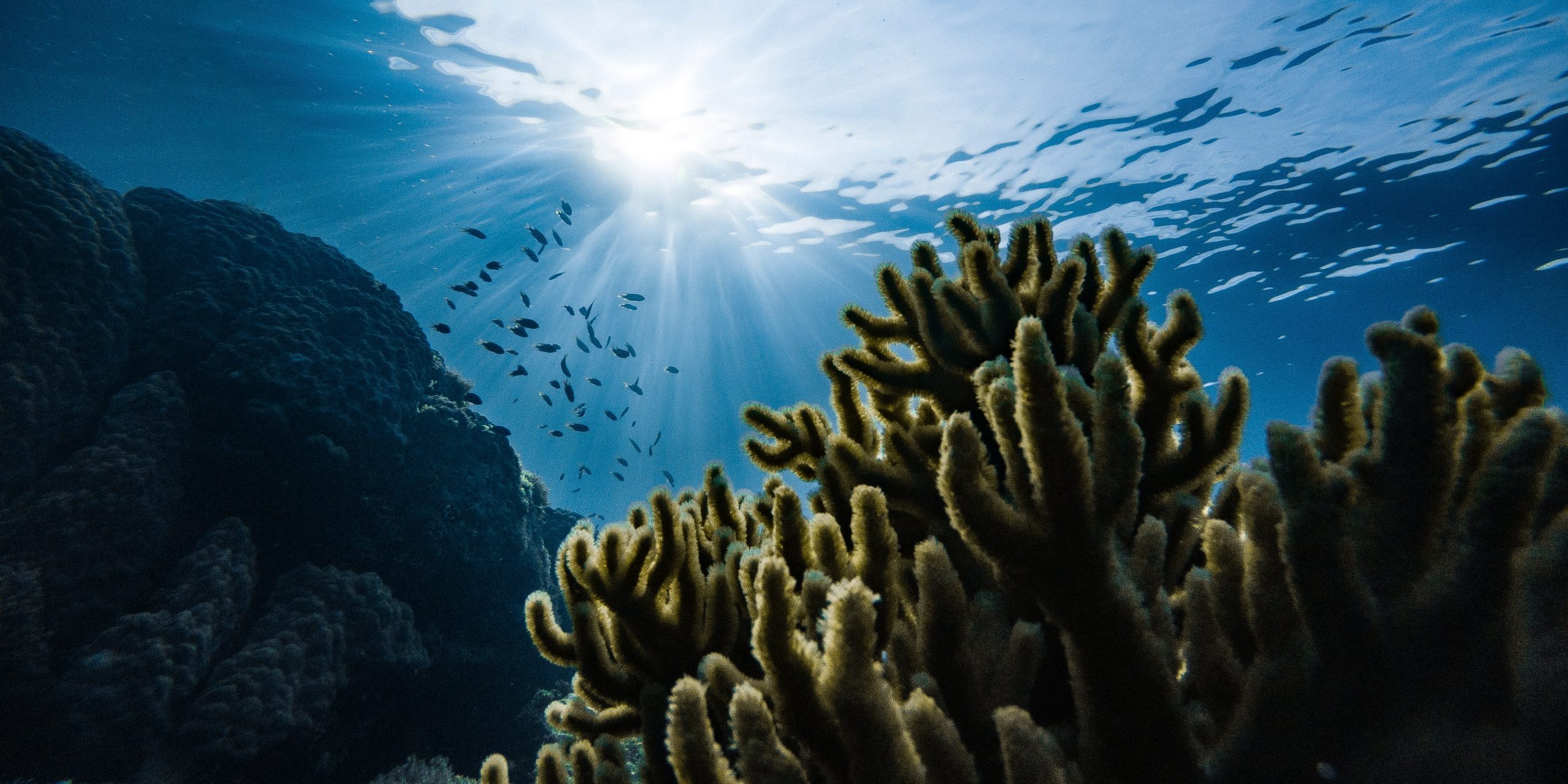First Marine Protected Area in the Atlantic Ocean
The Tristan da Cunha archipelago becomes the first marine protected area in the Atlantic and the fourth in the world!
Over-exploited oceans
The oceans are becoming more and more like an “inexhaustible” food reservoir. Fishing is growing in scale, to the point of exploiting more than half of the seas, as reported in a study published in 2018 in Science. However, aquaculture and overfishing are depleting resources and destroying biodiversity and marine ecosystems. In response, marine protected areas (MPA) have been set up to preserve this natural heritage. However, while MPAs constitute 8% of the oceans, 5.4% remain open to fishing. In the South Atlantic, industrial or illegal fishing accidentally captures crucial species (sharks, seabirds, etc.). In this region, the islands of Tristan da Cunha also have to deal with invasive mice, brought by passing sea vessels, that kill two million birds per year.
Fourth largest marine protected areas

To preserve the environment, the Tristan da Cunha archipelago will thus become a protected marine area, but not just any marine protected area. It will be the fourth largest in the world and the first in the Atlantic Ocean. This decision was taken on November 12, 2020 by the local and British governments, in collaboration with environmental organizations. Among them are the Royal Society for the Protection of Birds, which has been working on the archipelago for 20 years; and the “Virgin Seas” initiative of the National Geographic Society.
Protecting biodiversity and food security
The archipelago will thus entrust 700,000 km2 of its waters to the United Kingdom’s “blue belt” of marine protection. As a result, extractive activities, such as fishing or ministerial exploitation, will be banned on 90% of the coastline! This represents a major contribution. Located 2500 km from South Africa and 3700 km from South America, the new sanctuary benefits from “a unique ecosystem found nowhere else” says Enric Sala, an explorer for National Geographic. The MPA will ensure the protection of penguin and seal colonies, millions of seabirds, migratory blue sharks stalked for their fins, whales and underwater meadows. The islands also plan a program to eradicate invasive mice in 2021 and to stop illegal fishing.
This MPA is combined with the goal set by the National Geographic Society to protect 30% of the oceans by 2030. The goal is to promote biodiversity and food security at the same time. According to a study published in the Proceedings of the National Academy of Sciences, these two parameters are indeed linked since “the strategic extension of the existing global network of MPAs by only 5% can improve future catches by at least 20%”.
Photo Credits :@marekokon/Unsplash; Nick Wehrli/Pexels
 High-quality writing is very important to members of the Global Goodness team. But no one’s perfect, so we always use Antidote.
High-quality writing is very important to members of the Global Goodness team. But no one’s perfect, so we always use Antidote.
Encourage us if you like positive stories!





